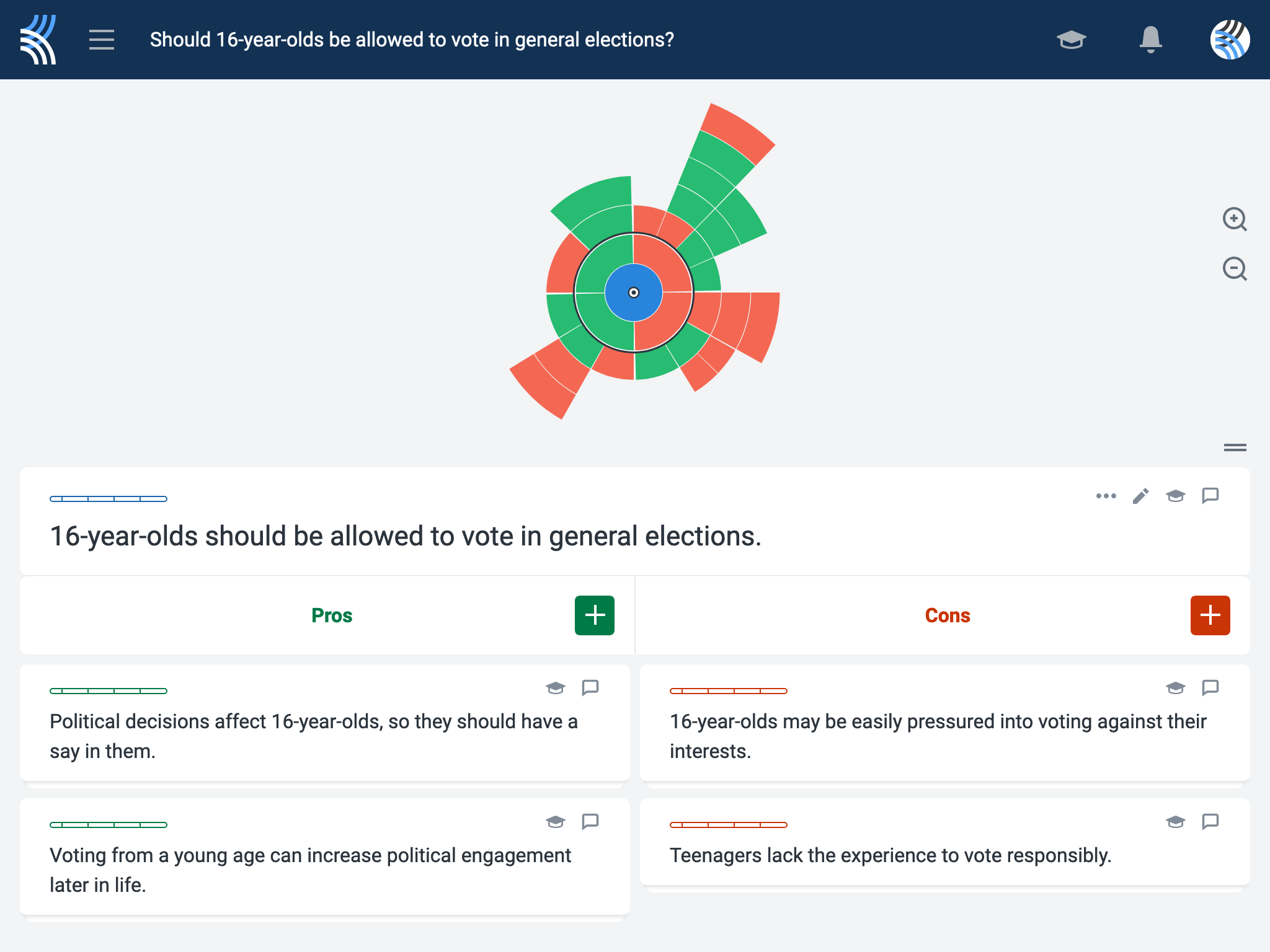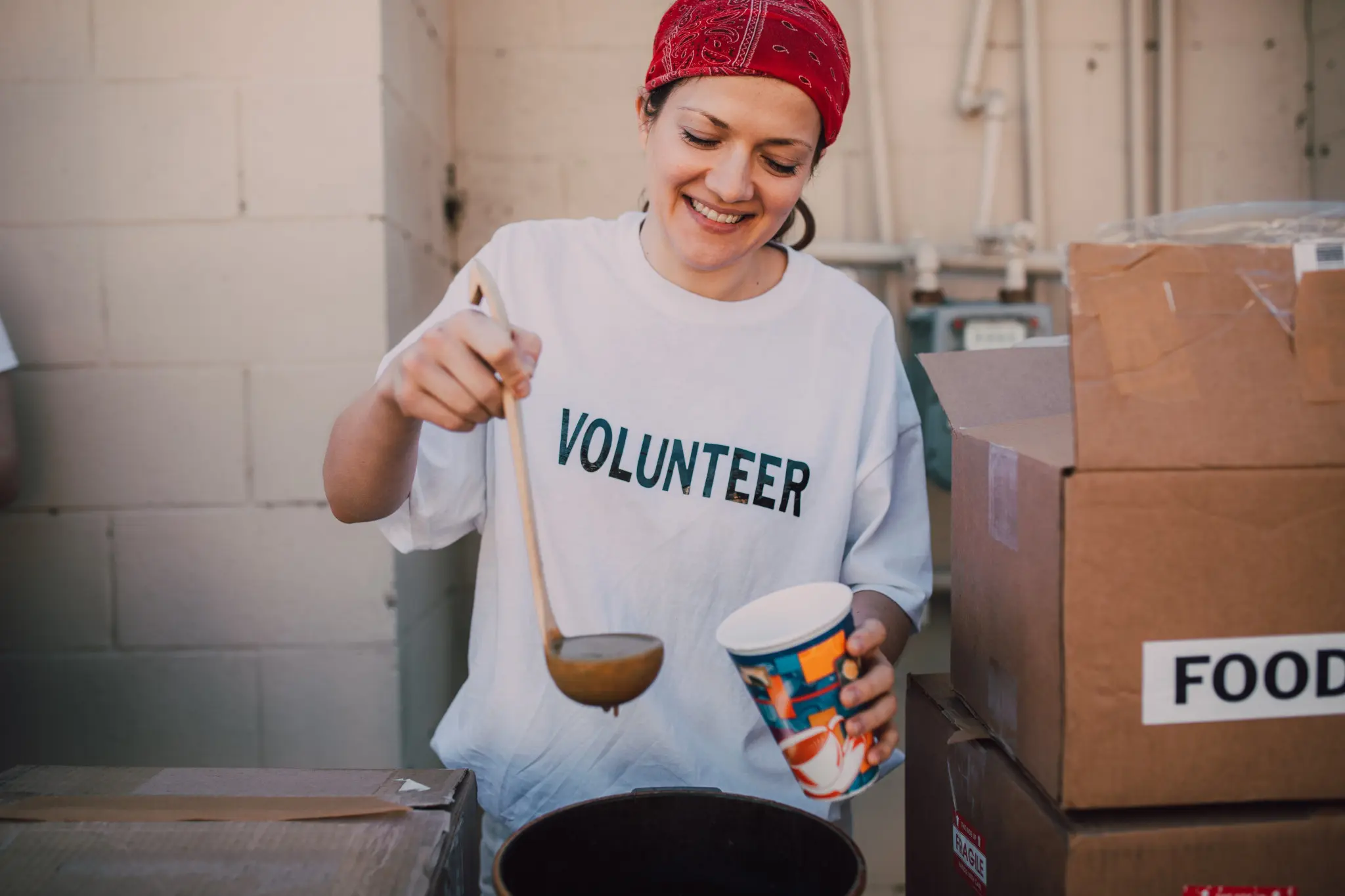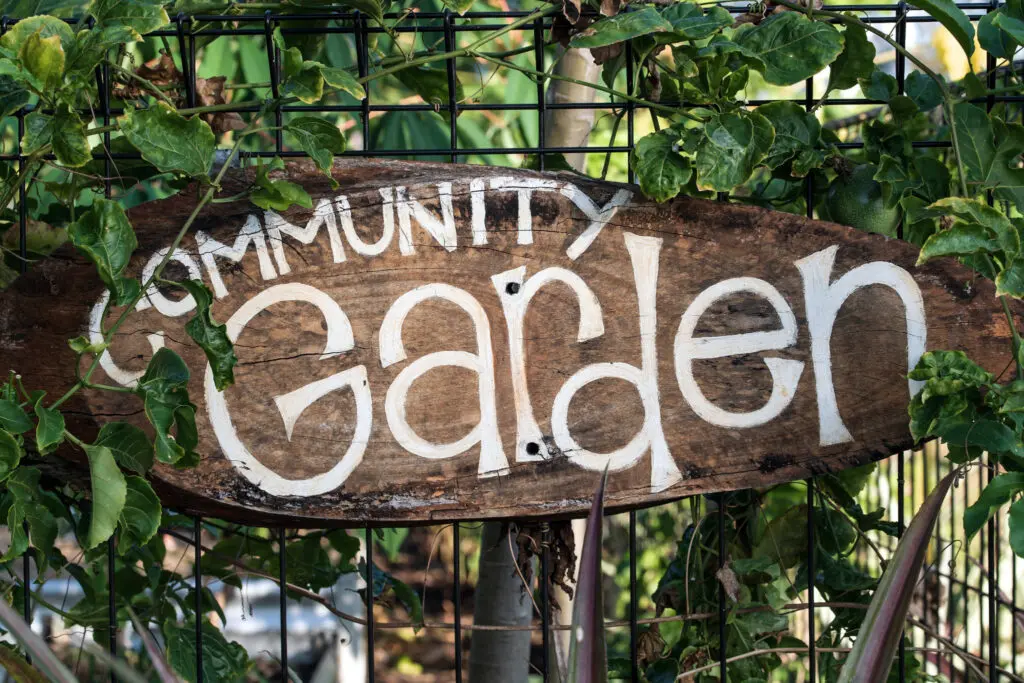During high school, students reach a host of cognitive milestones that will shape their future identities, making it the ideal time to prepare students for a future of civic engagement.
To facilitate this, we have compiled a list of civic engagement activities for high school students that will help them become engaged and active citizens. And as an added bonus, many of the activities also include links to related Kialo Edu discussions (which are completely free to use!) designed to build students’ critical thinking skills — a key component of civic engagement.
1. Hold a mock election
Purpose: Students practice active participation in democracy
Engaging students in election campaigning, debating, and voting teaches them that their choices matter. You could even arrange for elected officials to share their experiences to deepen students’ understanding of real-world applications. Students can then use a Kialo Edu discussion to structure their decision-making when identifying the best candidate in an election.

2. Create a class constitution
Purpose: Students explore the principles of governance by creating and abiding by rules
Creating a class constitution gives students ownership of classroom rules and teaches them governmental principles. They will need to engage in a democratic process to consider multiple perspectives and ensure everyone’s needs are met, thus forming a social contract. And because students are accountable for their self-created rules, they are much more likely to follow them!
3. Study historical civil movements
Purpose: Students evaluate methods for creating positive social change
Studying civil movements can foster students’ leadership and advocacy skills. By evaluating different approaches, from those of the suffragettes to tactics of American civil rights activists, students can learn how to lead positive change in their communities.
4. Organize a community voting drive
Purpose: Students analyze data to create campaigns that highlight the importance of voting
Students utilize data analysis skills to identify demographics or geographical areas with low voter turnout. Using this data, students create campaigns to target potential voters. In doing so, students can learn about why it’s important to vote. You can extend this activity with discussions on compulsory voting and youth voting ages.
5. Discuss civics issues in a class discussion
Purpose: Students develop argumentation skills for civic engagement
Engage students in using critical thinking skills by discussing civic issues in a Kialo Edu discussion. They can apply their research and analysis skills to build lines of argumentation while considering multiple perspectives using the discussion tree format. Simply select a civics topic from our Topic Library to get started!

7. Create maps of community resources and organizations
Purpose: Students develop awareness of civic amenities
Students can utilize their mapping skills to plot the locations of civic resources and organizations, uncovering beneficial services for themselves and their families. Add purpose by sharing students’ maps with the local community.
8. Promote and preserve the history of the local community
Purpose: Students learn how local history affects them
History lessons may mean students know more about ancient Egypt than their local area! Raise their awareness with a project to promote or preserve local historical sites, statues, or landmarks. Students can research their significance, participate in their maintenance, and engage in community heritage events.
9. Explore recreation activities at local sports facilities
Purpose: Students discover healthy activities in the community
Entice students away from their screens with field trips to local sports facilities. Meeting the staff and discovering the range of activities available can encourage students to commit to new, healthier hobbies. Moreover, attracting new visitors is vital for the success of local facilities, making this activity beneficial for all!
10. Engage in civic journalism
Purpose: Students apply their media literacy skills to report on local issues
Combat filter bubbles and misinformation by engaging students in civic journalism. Using their media and digital literacy skills, students can report on local issues, aiming to increase community engagement. Students could present reports in a traditional format or go digital with a vlog, blog, or podcast.
11. Organize a fundraising campaign
Purpose: Students propose creative projects to support local charities
Direct students to choose a local charity that resonates with them. Then challenge them to go beyond traditional fundraisers and create an innovative fundraising project aligned with their chosen cause. To take it a step further, have students create a budget for the project — this will build their financial literacy skills too!
12. Volunteer for a community project
Purpose: Students support their local community by volunteering

Spark student’s interest in volunteering by first arranging for representatives of community projects, such as those from food banks and homeless shelters, to talk to students about the work they do. Students can then be encouraged to volunteer for existing schemes or create their own projects like home improvement or tutoring programs.
13. Participate in intergenerational activities
Purpose: Students build a wider community network
Promote prosocial behavior by organizing intergenerational activities. Students could lead reading, board game, or music sessions with younger children or older adults — you could even use a Kialo Edu discussion to explore different generational perspectives! Engage students further by challenging them to organize community events, such as music festivals, theater shows, or heritage tours.
14. Lead a community clean-up
Purpose: Students analyze and propose solutions to local environmental issues
Encourage students to care for their environment and foster prosocial behavior with a clean-up initiative at school or in the community. Challenge students to analyze the root causes of any environmental issues and propose solutions, such as implementing a new community recycling scheme.
15. Improve a public space
Purpose: Students design a plan that prioritizes community needs
Challenge students to plan the improvement of a local public space in a way that facilitates community engagement. Through research, students can gather residents’ views before combining geography, math, and financial literacy skills to create a plan to benefit the local community.
16. Organize a school or community garden
Purpose: Students collaborate on a gardening scheme to benefit the local community and environment

Students will reap the benefits of collaborating on a school or community gardening project, gaining knowledge of sustainability and biodiversity and developing a deeper connection to nature. By coordinating community gardening workshops and donating produce to local food banks, students can engage positively with the community too. Students may even be inspired to set up their own home vegetable gardens!
17. Participate in a citizen science project
Purpose: Students apply their science skills to real-world projects
Engaging in environmental citizen science projects gives students a real-world application for their science skills and helps them explore local ecosystems. This involvement fosters a sense of ownership over their local environment, encouraging environmental stewardship.
18. Research and present on a global issue
Purpose: Students develop accurate, in-depth knowledge of a global issue
Teach students to identify reliable sources by having them research a global issue. Students can record their findings on a Kialo Edu argument map, adding links to supporting information. Educators can then offer feedback to guide the research process before students present to the class.
19. Connect with schools from other countries
Purpose: Students develop intercultural understanding

Develop students’ knowledge and respect for different cultures and perspectives by forming links with schools from around the globe. Students can engage in collaborative projects, practice their language skills, or even participate in a joint Kialo Edu discussion!
20. Lead a responsible consumerism campaign
Purpose: Students lead others in making ethical consumer choices
High school is an ideal time to discuss responsible consumerism, as students begin earning their first wages. By exploring the human stories behind ethical practices like fair trade and sustainable fashion, students can utilize responsible digital activism to raise awareness among a wider audience.
So, it’s time to start shaping your students into the active citizens of the future with these civic engagement activities. Witnessing the positive impact of their contributions to the local community now can inspire a lifelong commitment to civic engagement in the future.
We would love to hear how you are fostering civic engagement among your students. Contact us with your success stories at feedback@kialo-edu.com, or on any of our social media channels.

